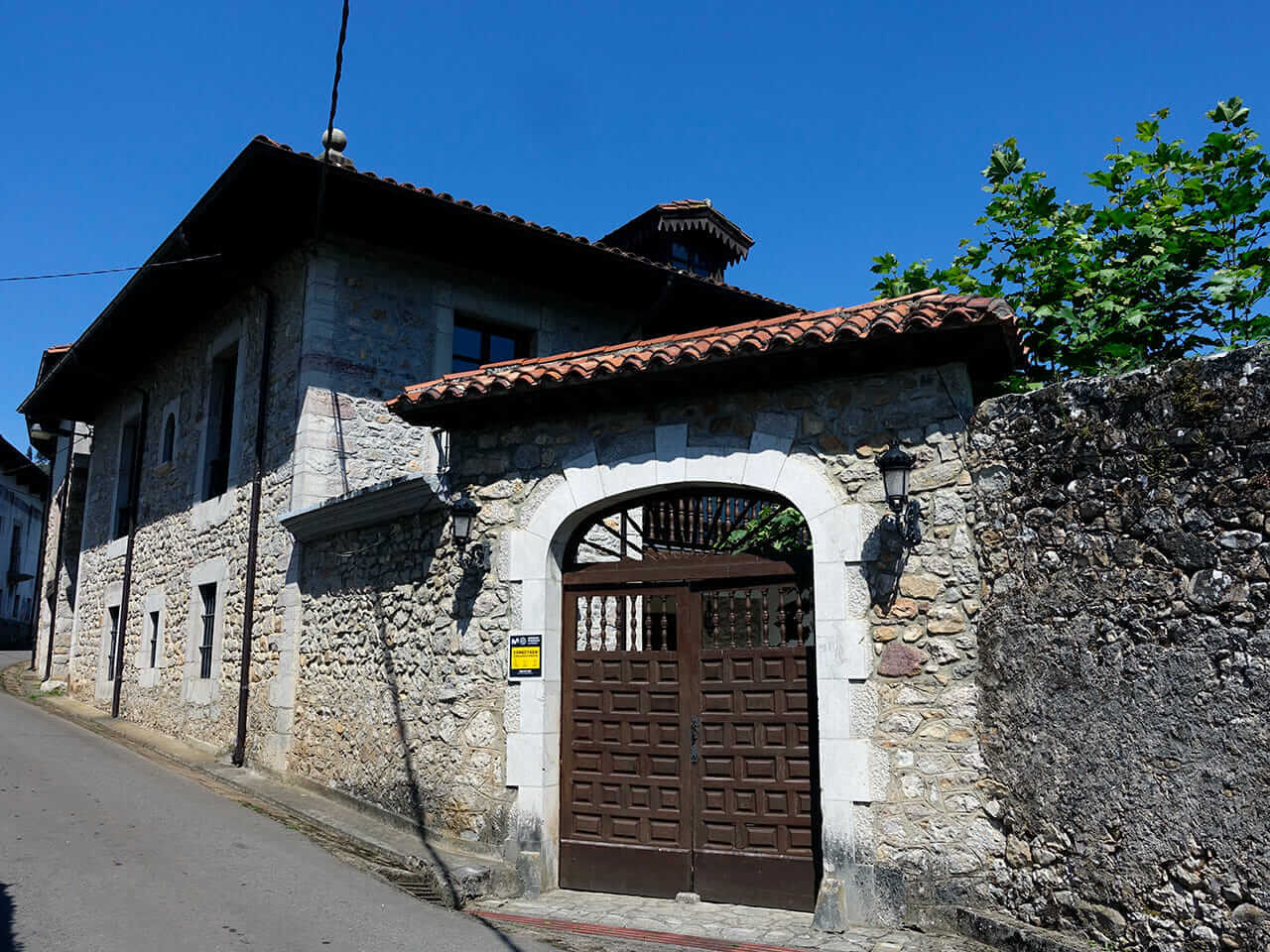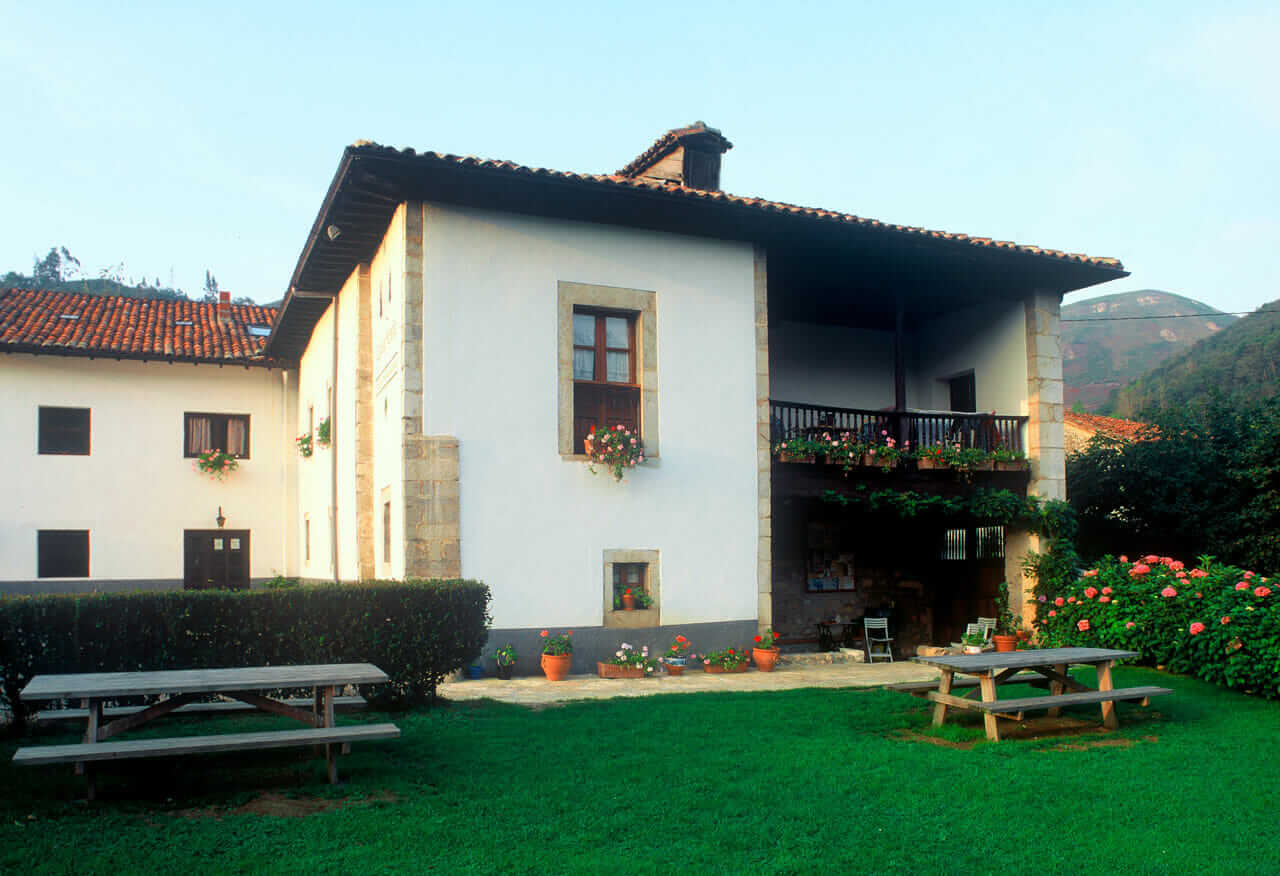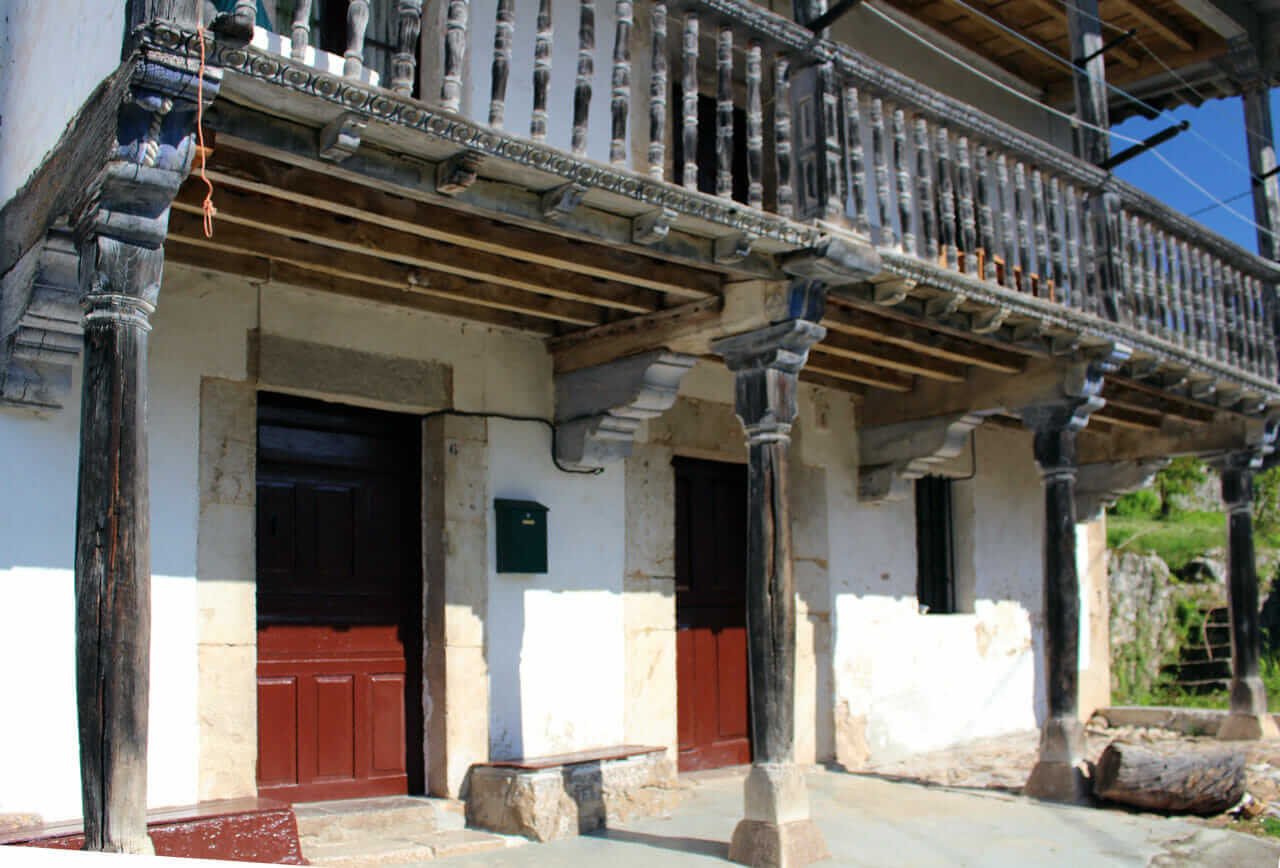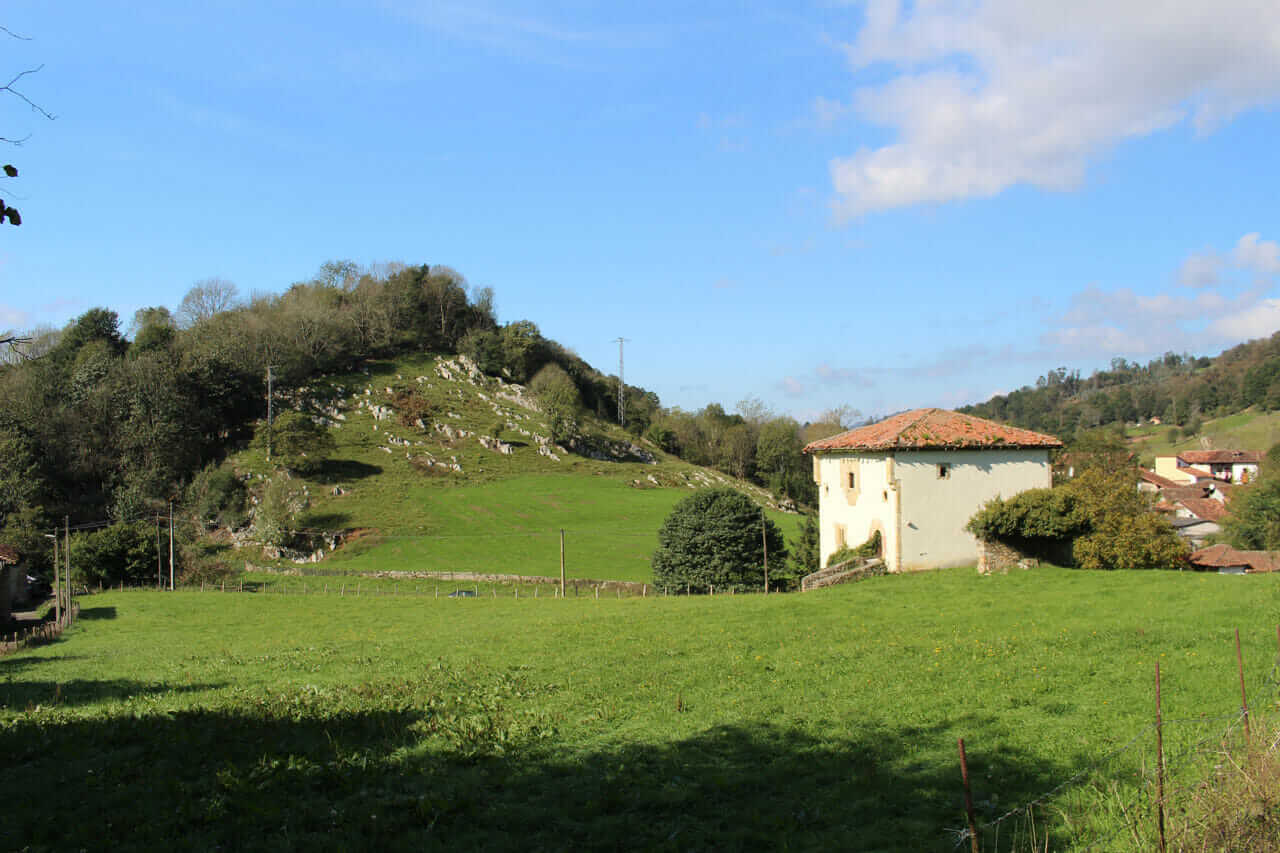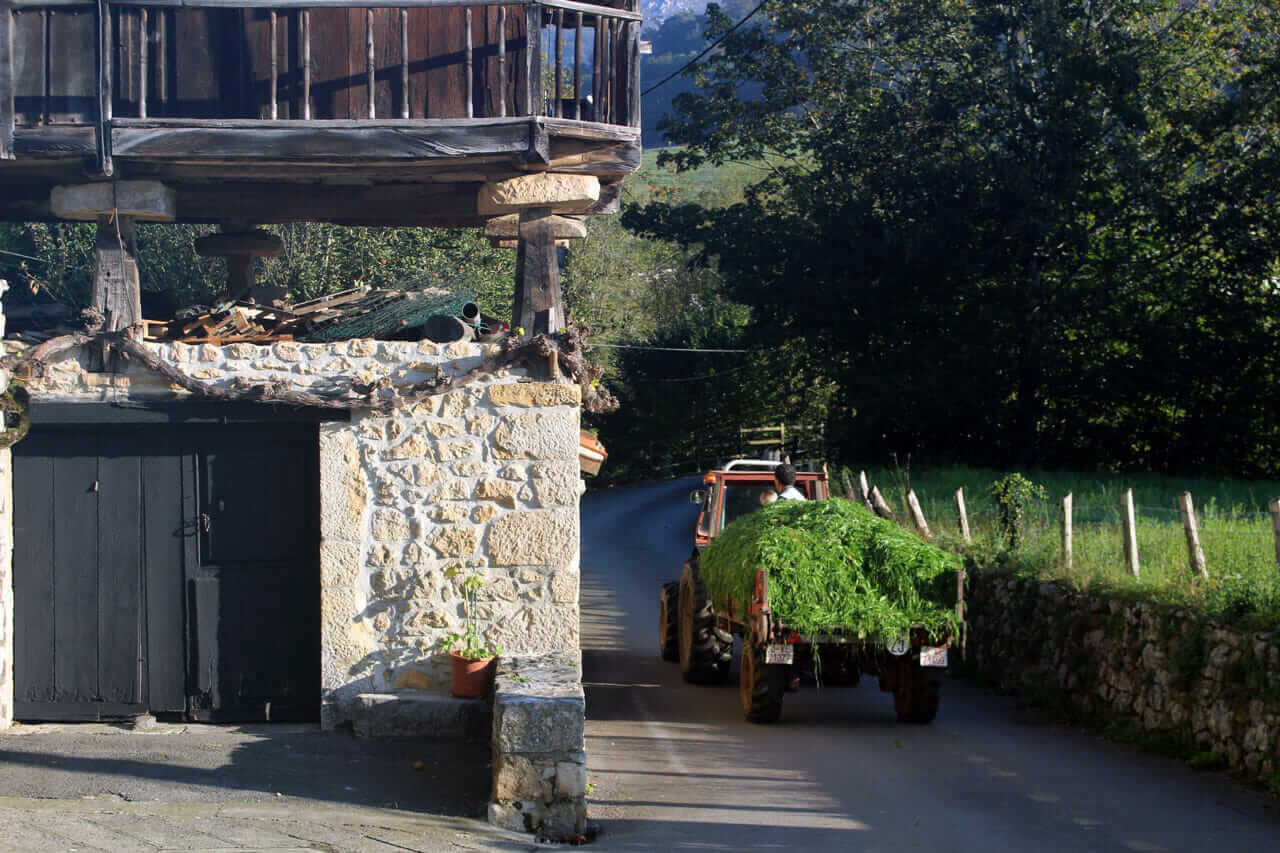Route of the Asturian Manor Houses of Onís
Memories of a noble and splendorous pastA tour through our villages, to enjoy the cultural and ethnographic heritage, with good examples of Asturian mansions.
The Concejo de Onís, in the heart of the Picos de Europa National Park, is made up of several villages where traditional architecture is in full harmony with nature.
In all these places are present the popular constructions, perfectly adapted to the environment that surrounds them, with white or grayish limestone, sometimes fine-grained sandstone and toasted color in the walls; oak or chestnut wood on roofs and corridors; traditional curved tile, Arabic, cardenillo red, etc.. All these noble materials, together with the traditional constructive wisdom, give rise to an architectural ensemble of singular value: The “Casonas Asturianas”.
They are part of the cultural and ethnographic heritage of the council of Onís, they are the memory of a splendid and noble past, also the reference of the future of a territory, a people that knows how to preserve and appreciate its heritage.
Use two fingers to zoom and navigate the map.
– Sirviella Tower
– Casa de los Valles
– Casa de la familia Peláez-Gutiérrez
– Casa de la familia Huerta-Niembro
– Antigua casa Rectoral
– Casona de Luis Pellico
– Casa de Filomena Pellico
– Casa Abaju
– Casa de Cebos
– Casa de la Corrolada
– Casa de la Cueva (Cave House)
– Casa de la Corrolada
– Casa de la Cueva (Cave House)
– House of Palomar
– House of Trespando
– House of La Cortina
– Palace of Tarancu

Route on foot or by car through our architectural heritage
Benia de Onís
We will begin this route of Asturian mansions in Benia de Onís, the capital of the Council in the neighborhood of Benia-encima, the oldest area of the village we find clear examples of popular architecture, such as the house of the Valles, possibly built in the sixteenth century, and that follows the construction model of the time: rectangular floor plan with two floors and two bodies connected by a valuable corridor. Next to this one, there are two houses of similar characteristics, in whose lintels of the access doors the dates of construction appear engraved: the house of the Peláez-Gutiérrez family, in 1787; and that of the Huerta-Niembro family, in 1680.
The old Rectory House, with a rectangular floor plan and three stories in height, is preserved from a later period. It stands out not only for its monumentality, but also for the masonry work on the walls and the enclosures of the openings.
From the contemporary period we find the mansion of Luis Pellico and the house of Filomena Pellicoboth dating from the middle of the 19th century and whose constructions combine traditional elements such as floor plan and height distribution, corridors, etc., with the cultured style adopted by the Indianos, translated into large windows, spacious rooms, palm trees, etc.
From the second half of the twentieth century we have two outstanding buildings: the Abaju house, which combines rural style with cult-like elements, and the Cebos house, rebuilt in 1953 and remodeled in 1977 on the ruins of the old palace of the Cebos and Duque de Estrada family, preserving its coat of arms.
A journey through time
The Asturian mansions are pieces of history that remind us of splendid and noble past times with magnificent buildings that we can know in this tour through our villages.
Avín
We can continue the route towards the village of Avín (on the AS-114 road towards Cabrales, 1.5 km from Benia de Onís). There are many examples of rural architecture in this village, such as the Corrolada, which is very similar to the house of the Valles, in Benia. It is a rectangular building, with two floors and two bodies connected by a corridor. It has a panera, and the whole space is surrounded by a masonry wall, generating the typical corrolada or corralada.
Along the same lines are the Cueva house (next to the Glacial Fauna Center) built in 1675 and the Rectoral, in 1763, although in these cases we could not speak of a corralada.
Talaveru
Once back in Benia de Onis, you can continue the route by a local road that starts at the entrance of Benia coming from Cangas de Onis. This road is ideal for a stroll and less than a kilometer further on you can start the route through the villages of Talaveru, Sirviella and Villar.
In Talaveru, and next to the tower of Sirviella, is the palace of Noriega, whose original factory would correspond to the eighteenth century and of which only the front of the property is preserved. It is a linteled structure of good ashlar, which includes the family coat of arms.
We also find the Colladin house, dated 1821, which combines elements of traditional construction with others of the cult type. It belonged to the Labra family and is currently divided into two houses.
Sirviella
Continuing from the access to the village of Talaveru, we find the tower of Sirviella, isolated in the middle of a large plot of land.
It is a sixteenth century building that after suffering a fire that ruined the roof and long years of neglect, has been recently restored but emptied its walls.
It is a building with a cubic structure, whose main interest is centered on the south façade, in which an interesting biforic window stands out. It has been declared an Asset of Cultural Interest or monument.
Villar
In Villar there are many examples of rural construction, such as the Palomar house, with its corridor and the cylindrical tower of the dovecote, which gives its name to the estate. We also find the house of Trespando, with a magnificent corridor; or the house of Cortina, which retains its cubic volume and that, despite the successive reforms, remains a building with solera.
Another element to highlight would be the palace of Tarancu, a volume currently divided into several houses and whose original structure retains a semicircular arch of good ashlar and a double shield very deteriorated.
Again we will head towards Benia de Onís and thus finish this route (just over 2 hours) that runs, all of it, by minor roads, very pleasant, and perfectly paved.


